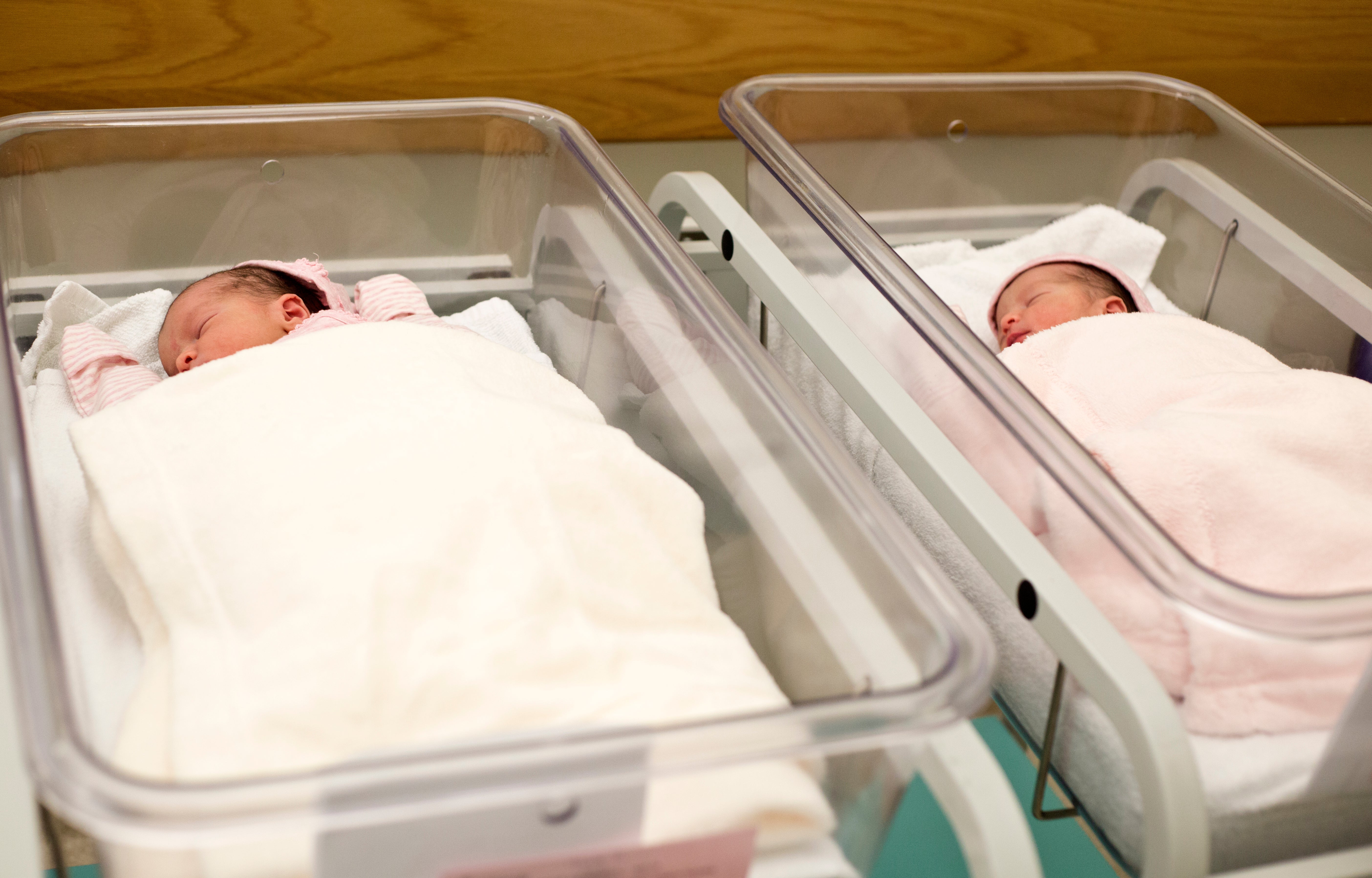Scientists may have solved mystery of how some twins are identical
The study looked at what could cause a zygote to split into two

Scientists may have gotten closer to solving a mystery in how identical twins are formed after conception.
Dutch researchers have been exploring how a fertilised egg, known as a zygote, splits into two embryos with significantly similar genes in each.
The reason why the egg splits is unknown – but the main theory has been that the process happens randomly.
This is unlike the process whereby non-identical twins develop as a result of two separate eggs being fertilised by two sperm – a process that runs in families, unlike “monozygotic twinning”, researchers said.
Now, scientists led by the Vrije Universiteit Amsterdam believe they have found a common “signature” on the DNA of identical twins.
Their study looked at the epigenetic changes in the twins’ DNA, which control the expression of genes but not the DNA sequence itself.
It found that identical twins from across the world shared similar chemical marks at 834 points across their genomes, which are each of their full sets of DNA.
It is yet to be proved that the chemical marks on the DNA causes a zygote to split, but the scientists said that it is a plausible working theory.
Assistant professor Jenny von Dongen said: “We may have identified a mechanism that causes cells to split. It’s also possible that these changes arise after the cells separate.”
The researchers hope that the finding of the common marks could also be helpful for a wide group of people, such as those who believe they may have had a twin that “vanished” in their mother’s womb.
The scientists said the finding could help determine with up to 80 per cent accuracy whether someone is an identical twin, had been separated from their twin at birth, or unaware they had lost their twin in the womb in what is known as vanishing twin syndrome.
The syndrome develops in as many as 12 per cent of pregnancies, but just under 2 per cent of mothers end up carrying both to term – resulting in many people unaware that they had a twin.
The research has been published in the journal Nature Communications.
Subscribe to Independent Premium to bookmark this article
Want to bookmark your favourite articles and stories to read or reference later? Start your Independent Premium subscription today.

Join our commenting forum
Join thought-provoking conversations, follow other Independent readers and see their replies